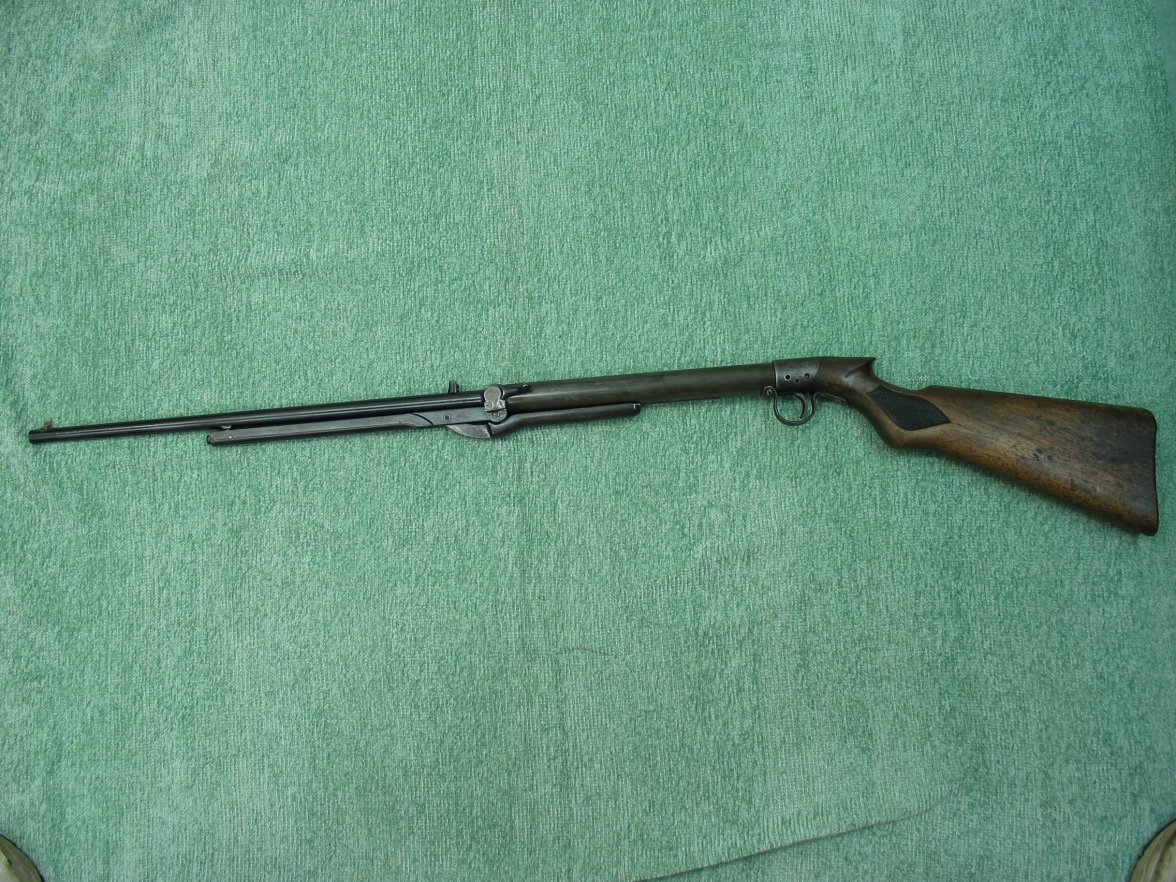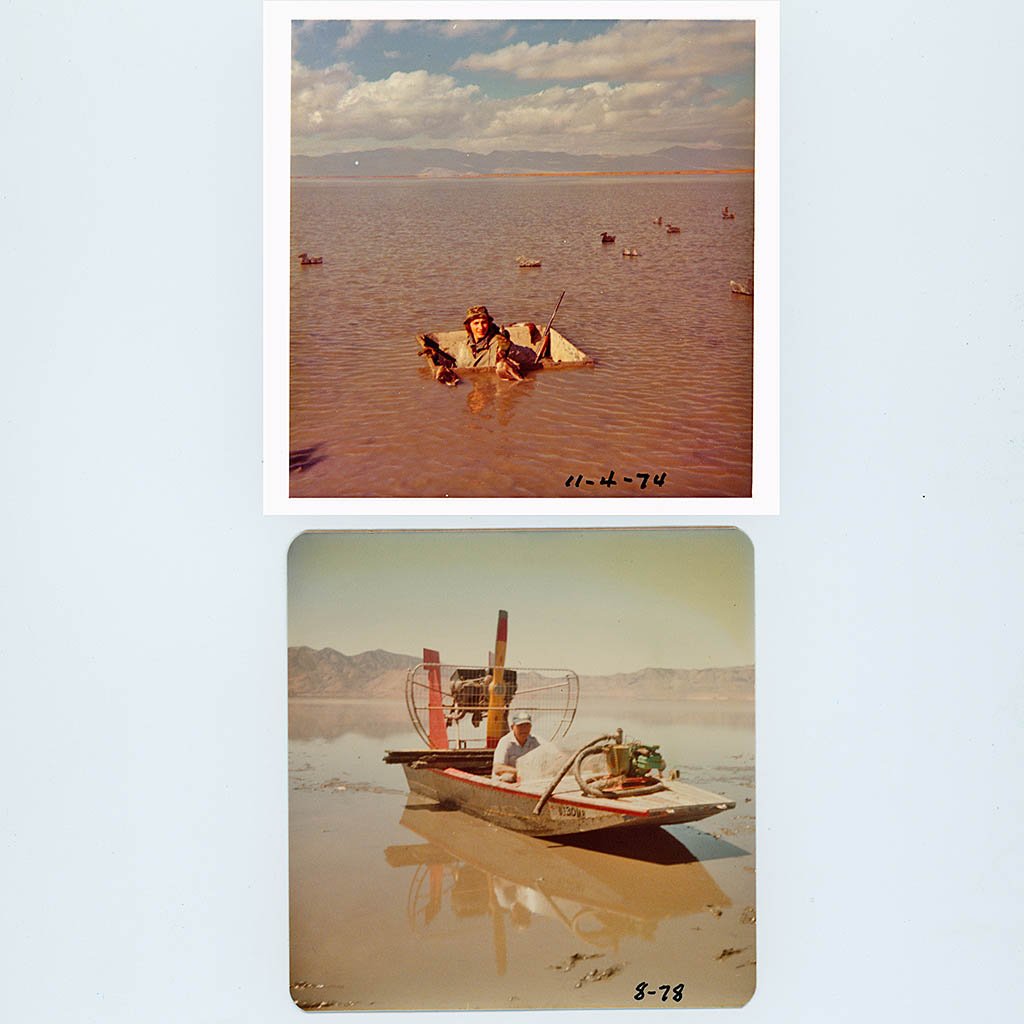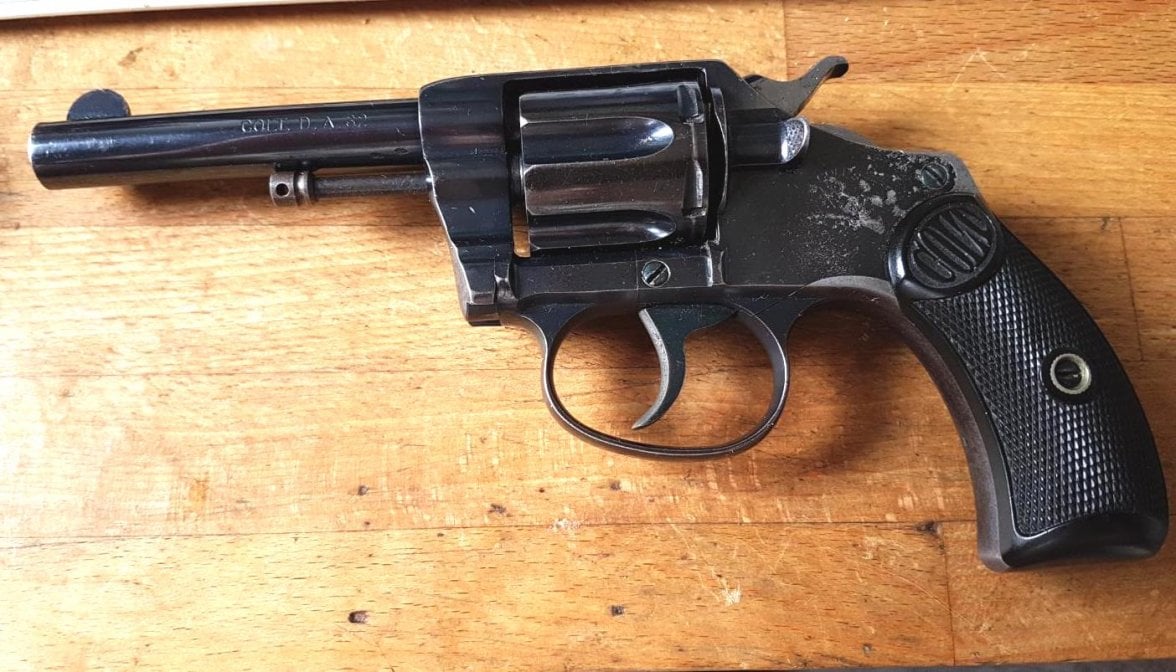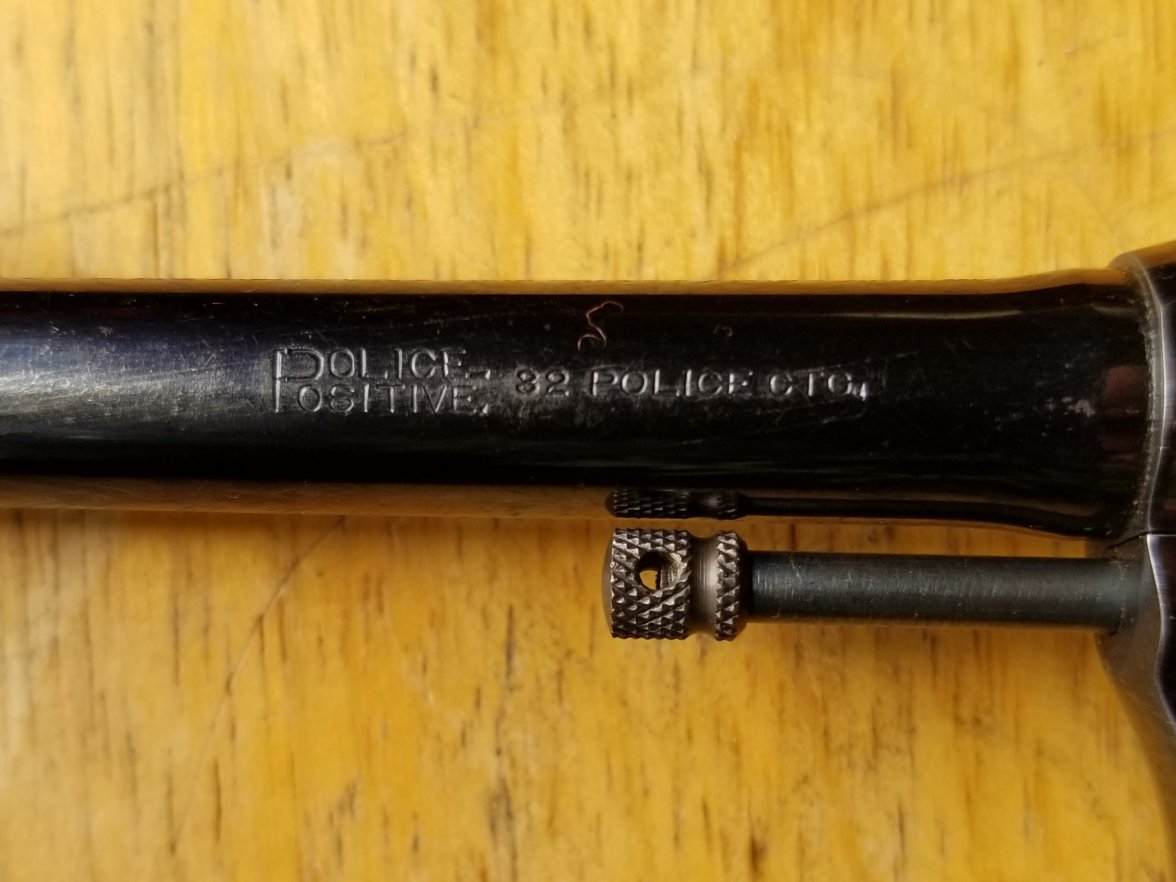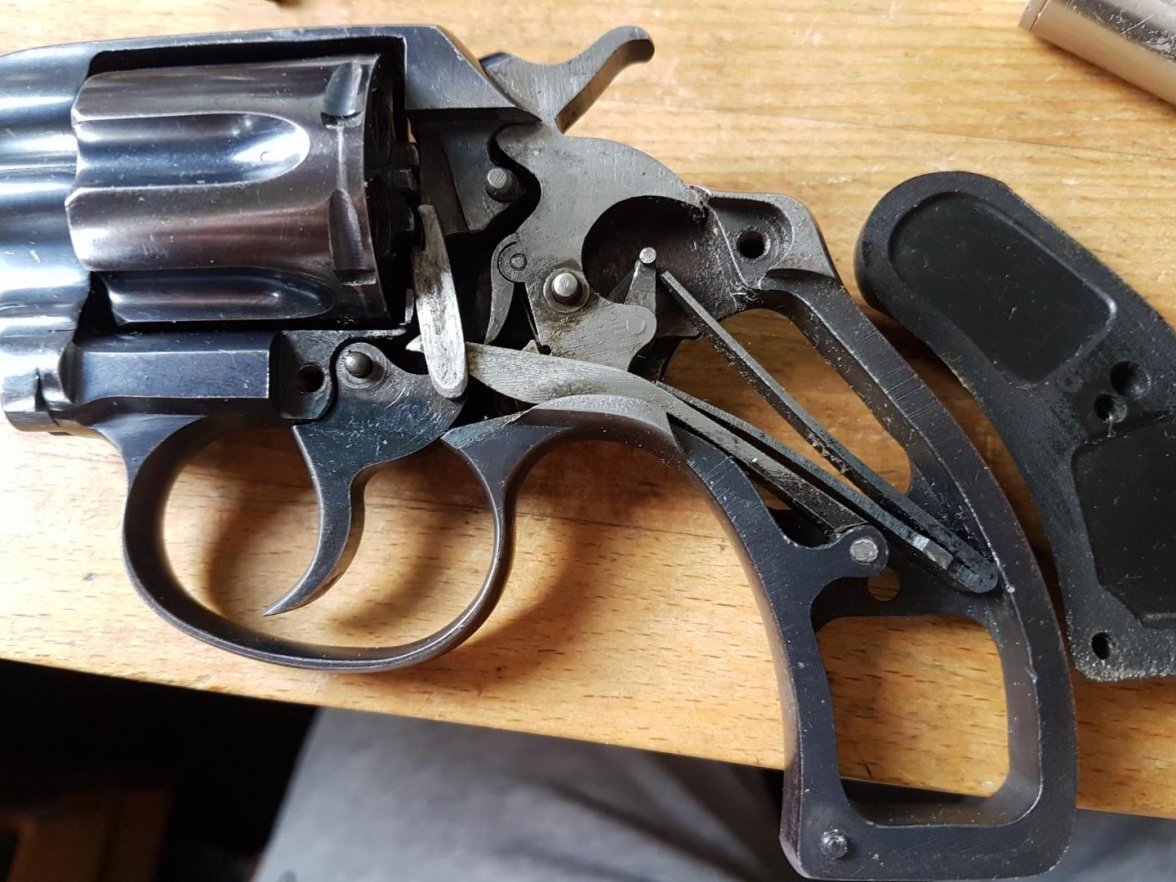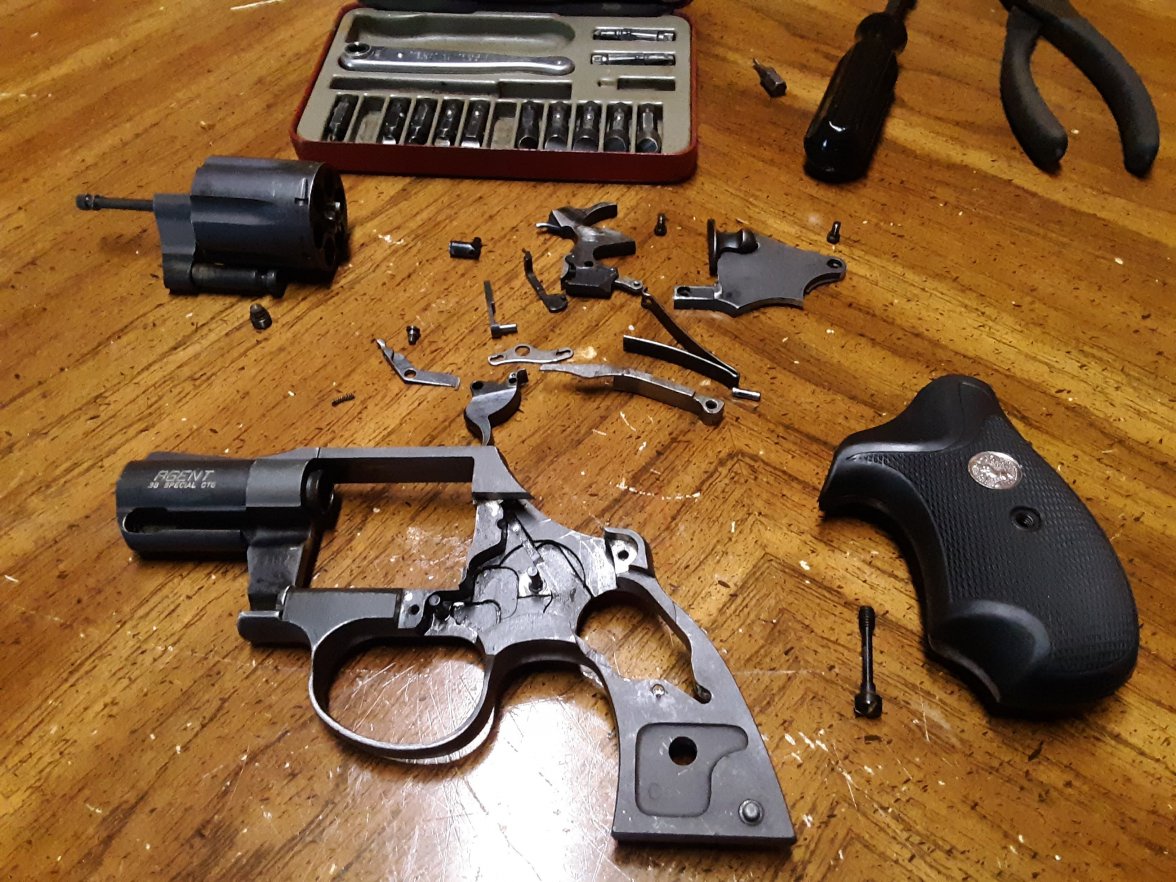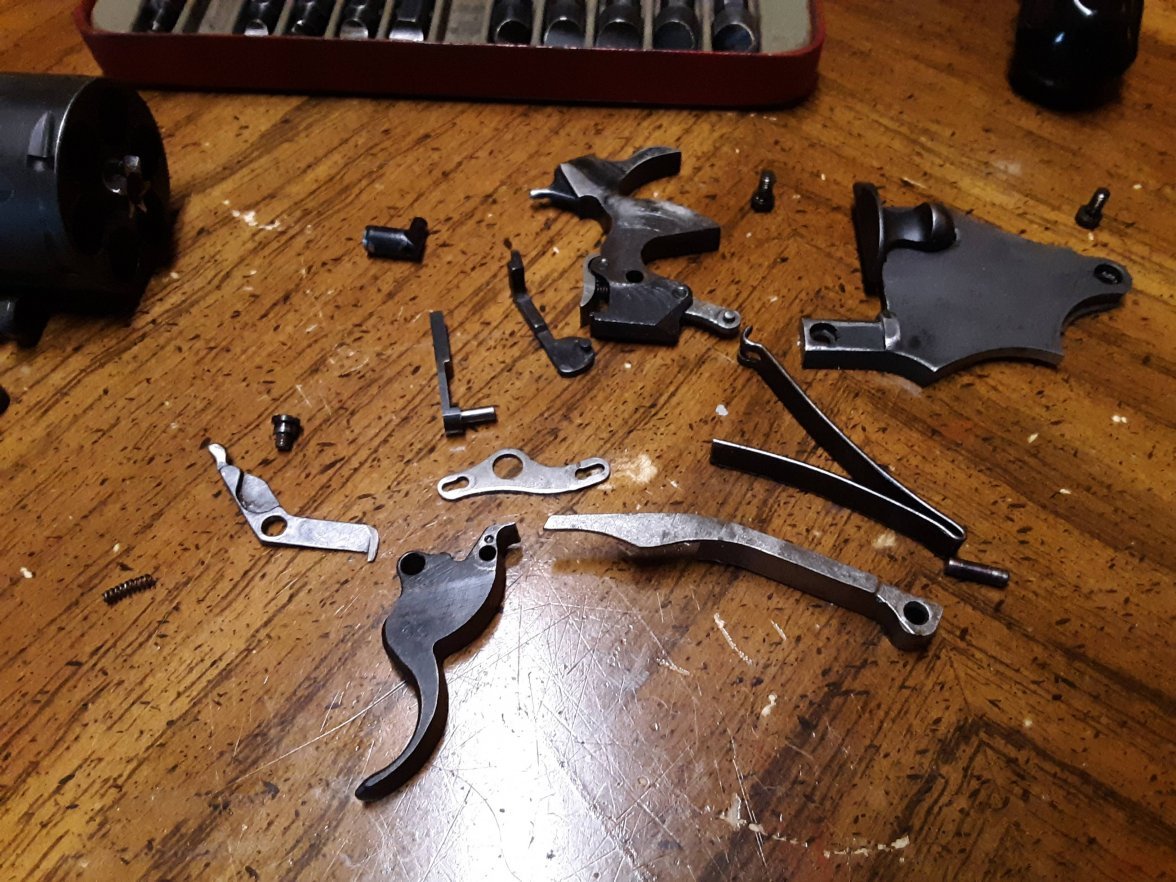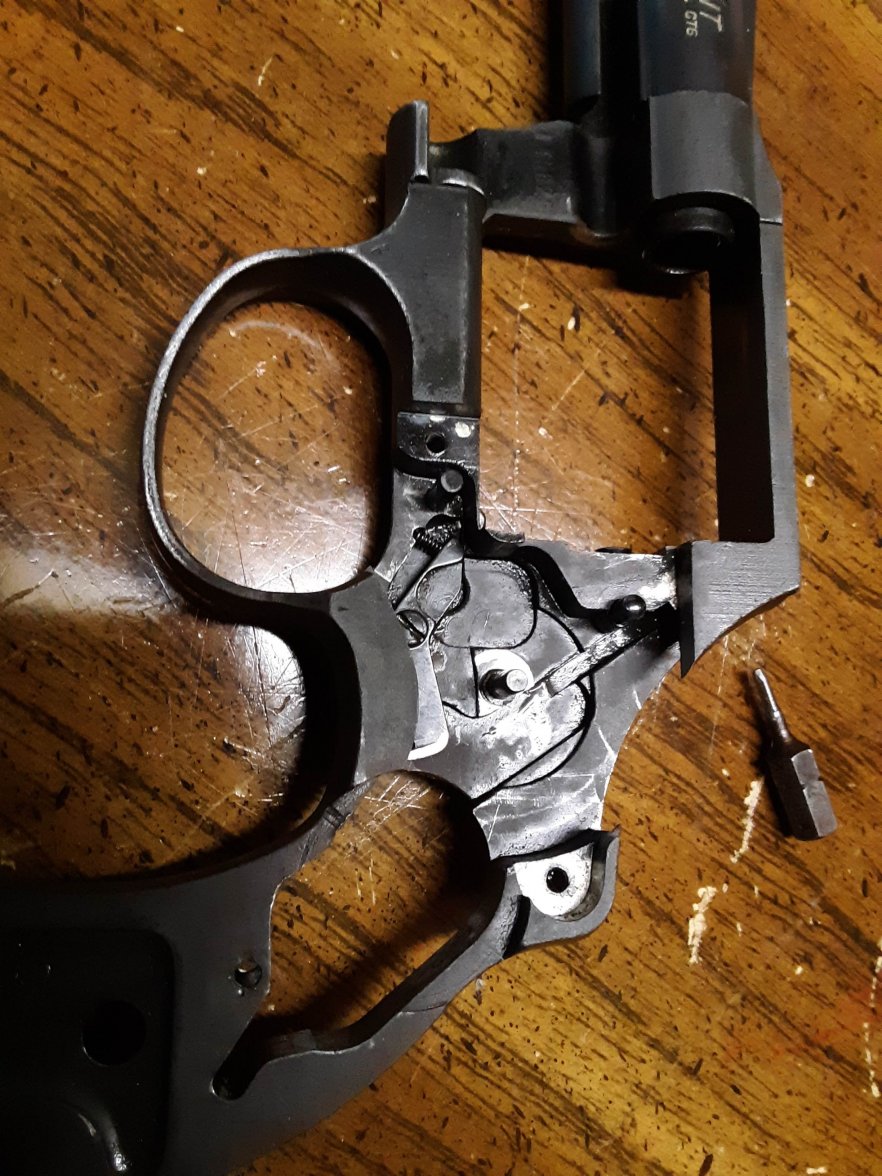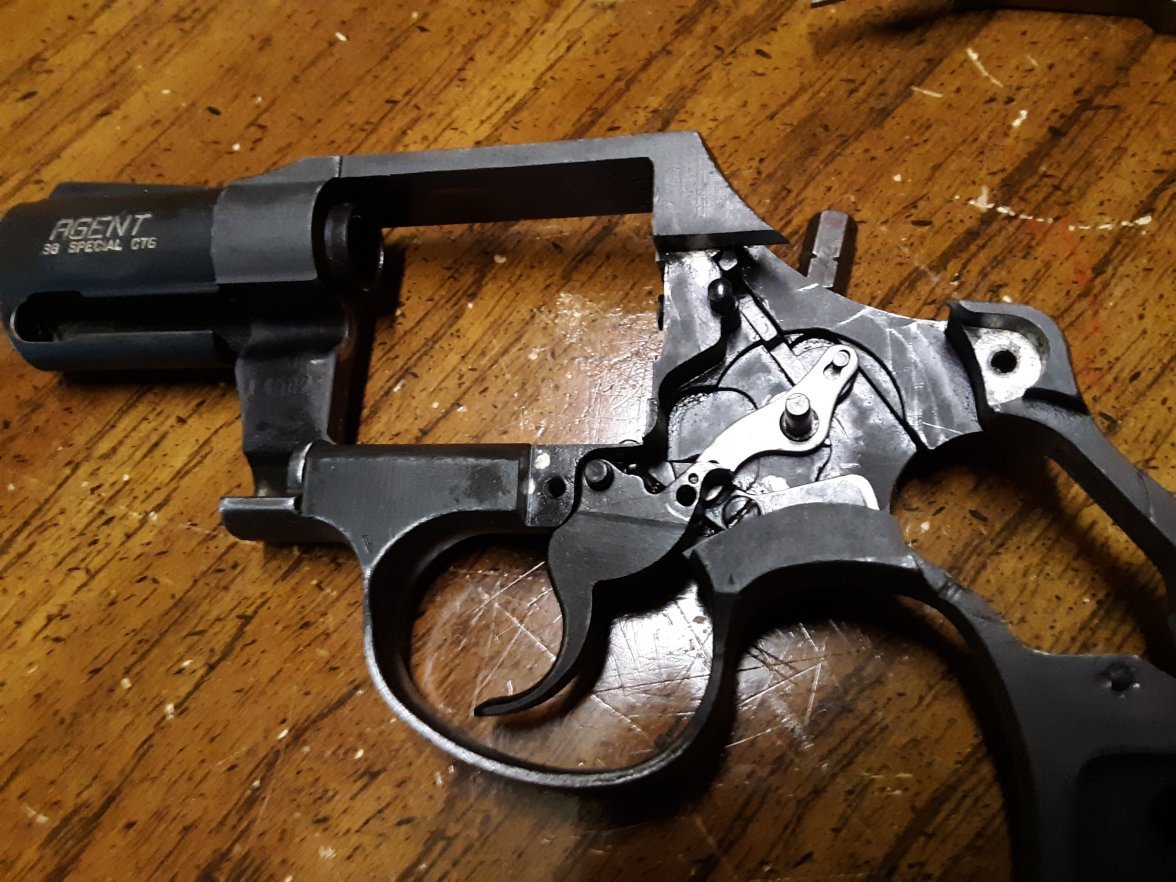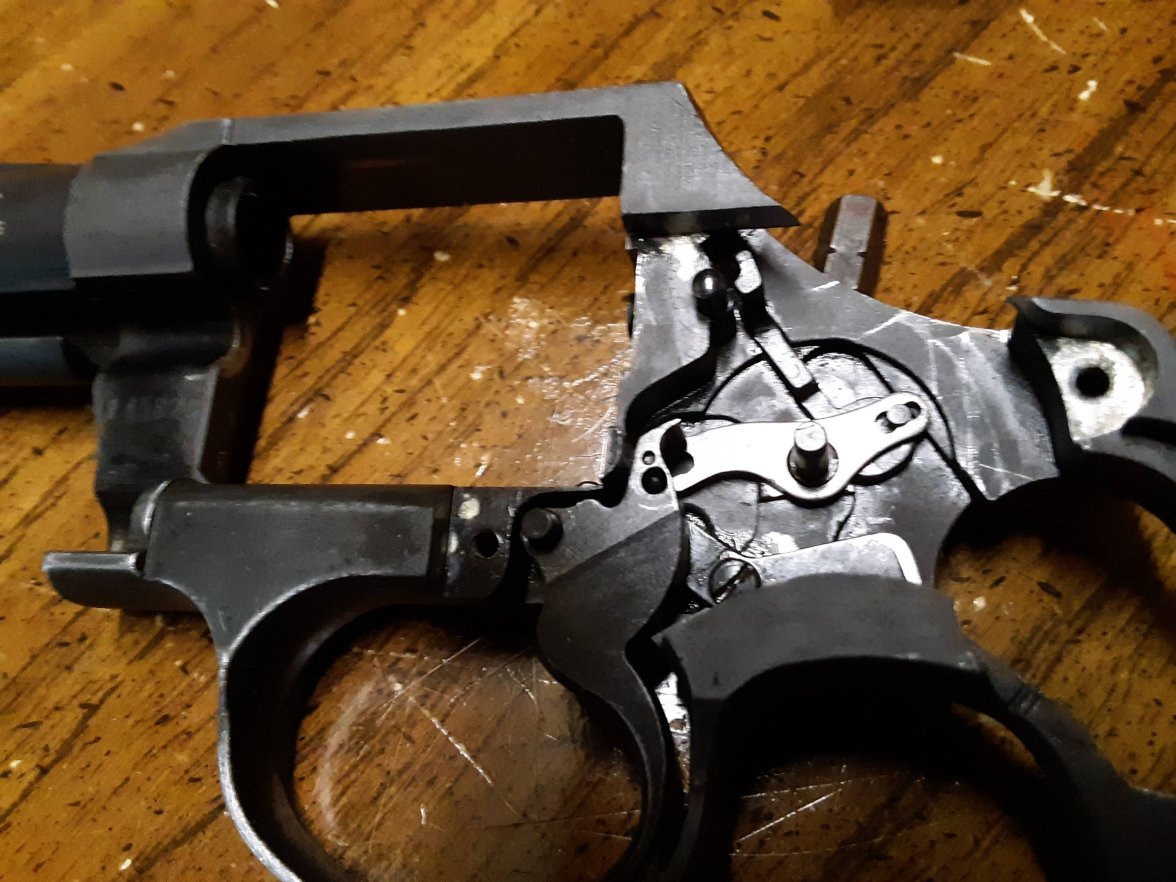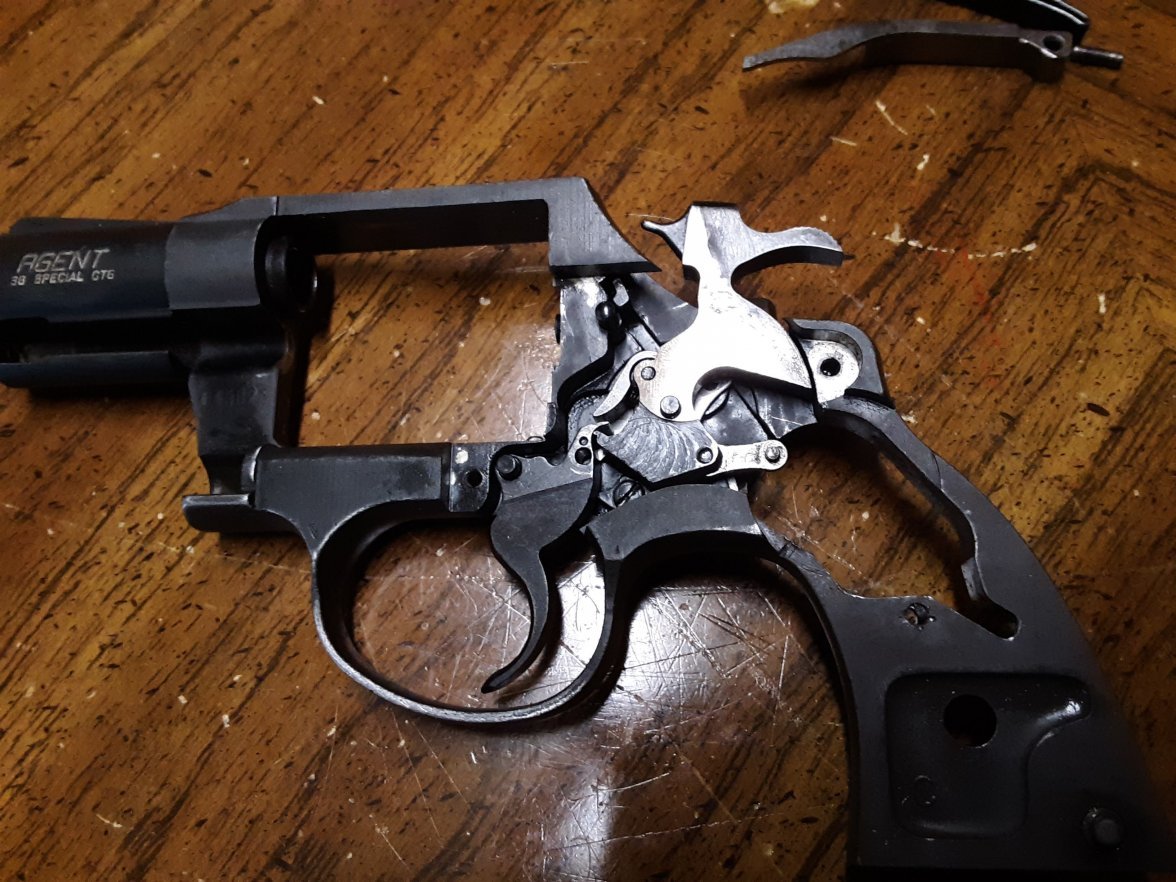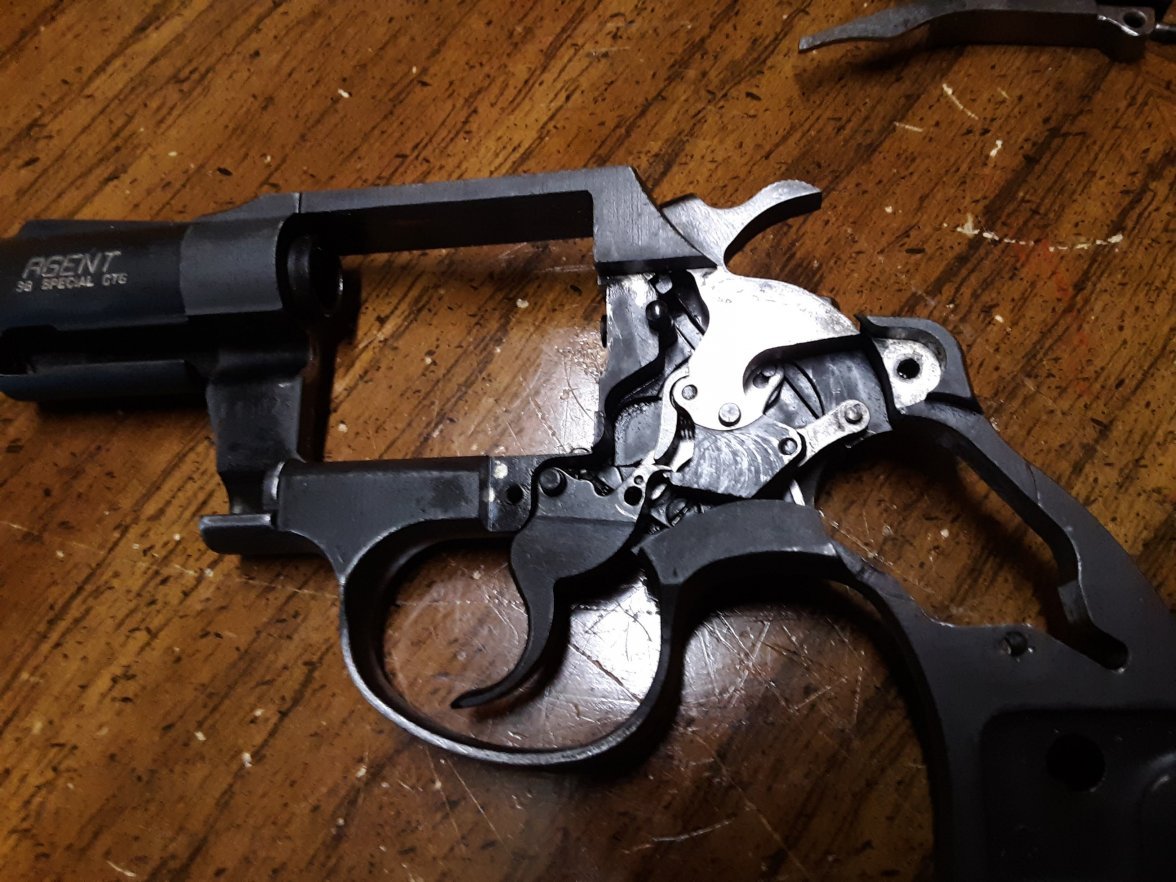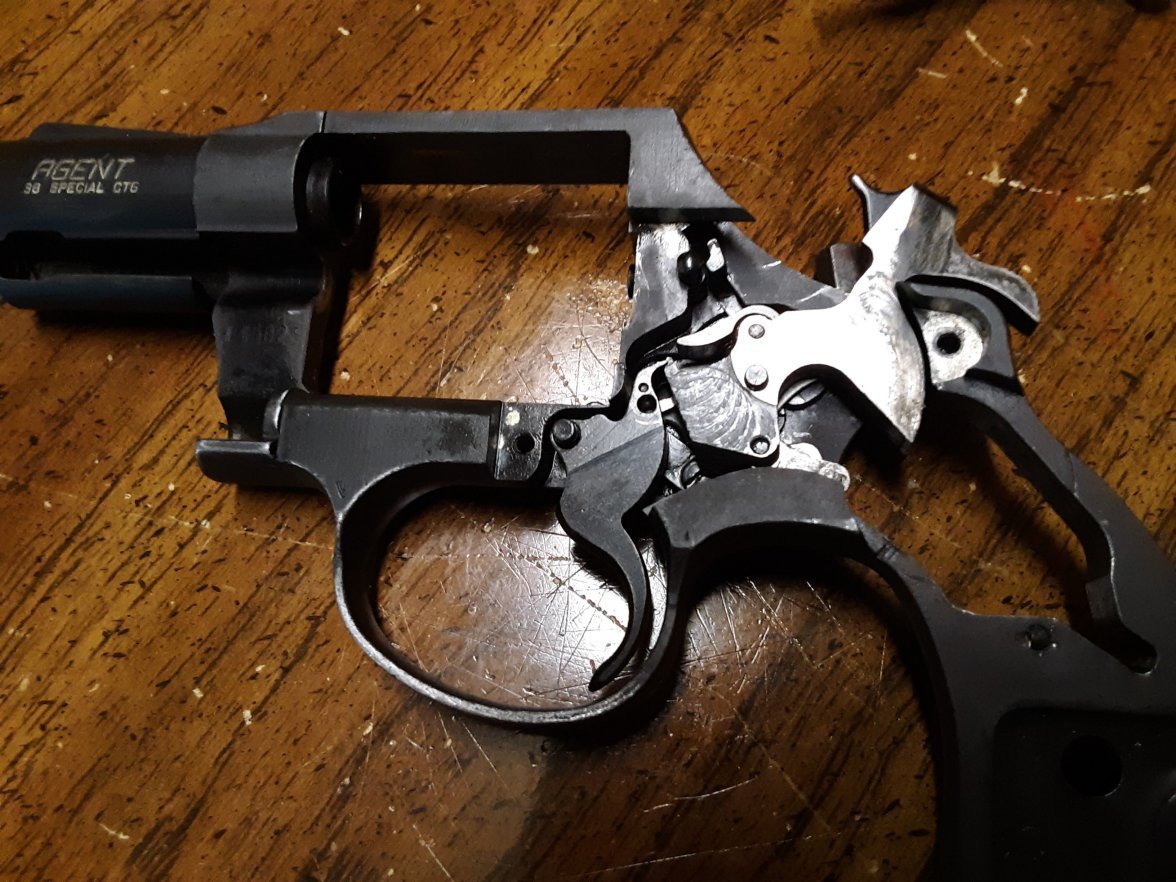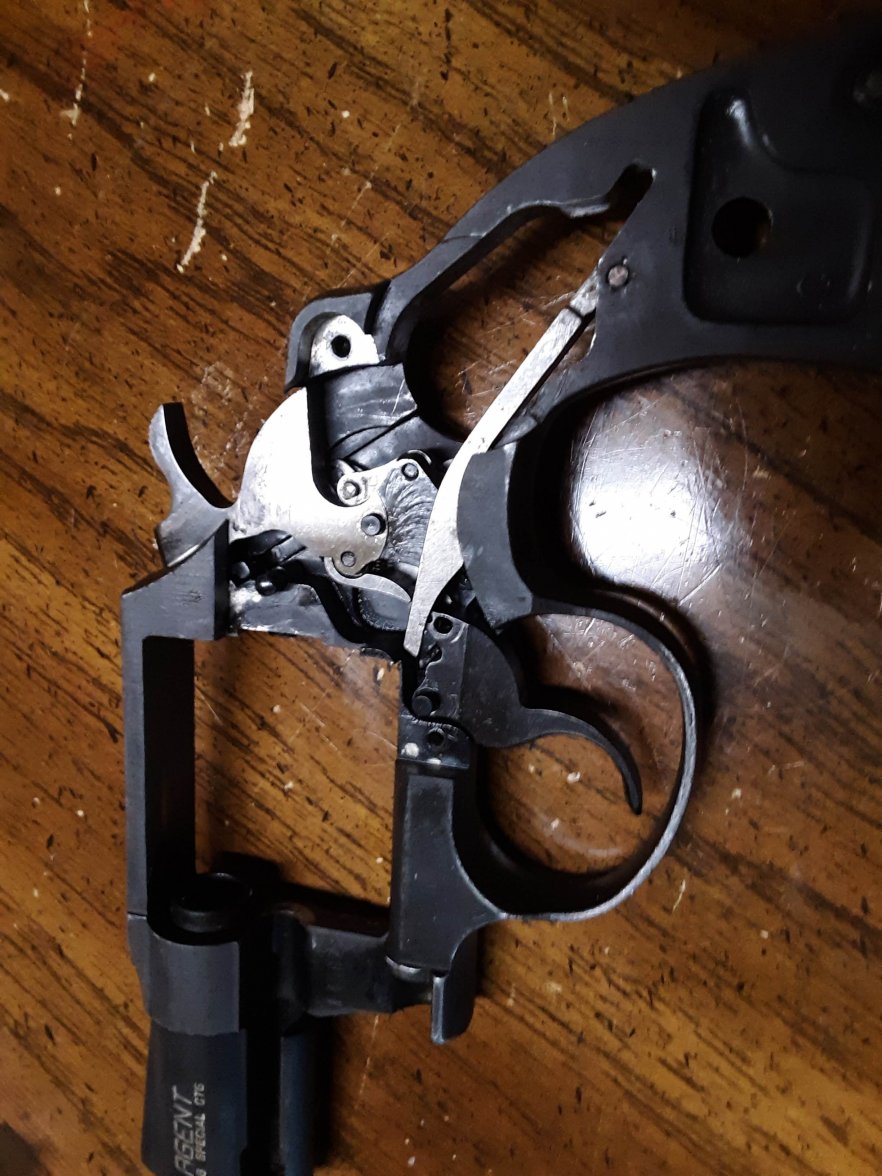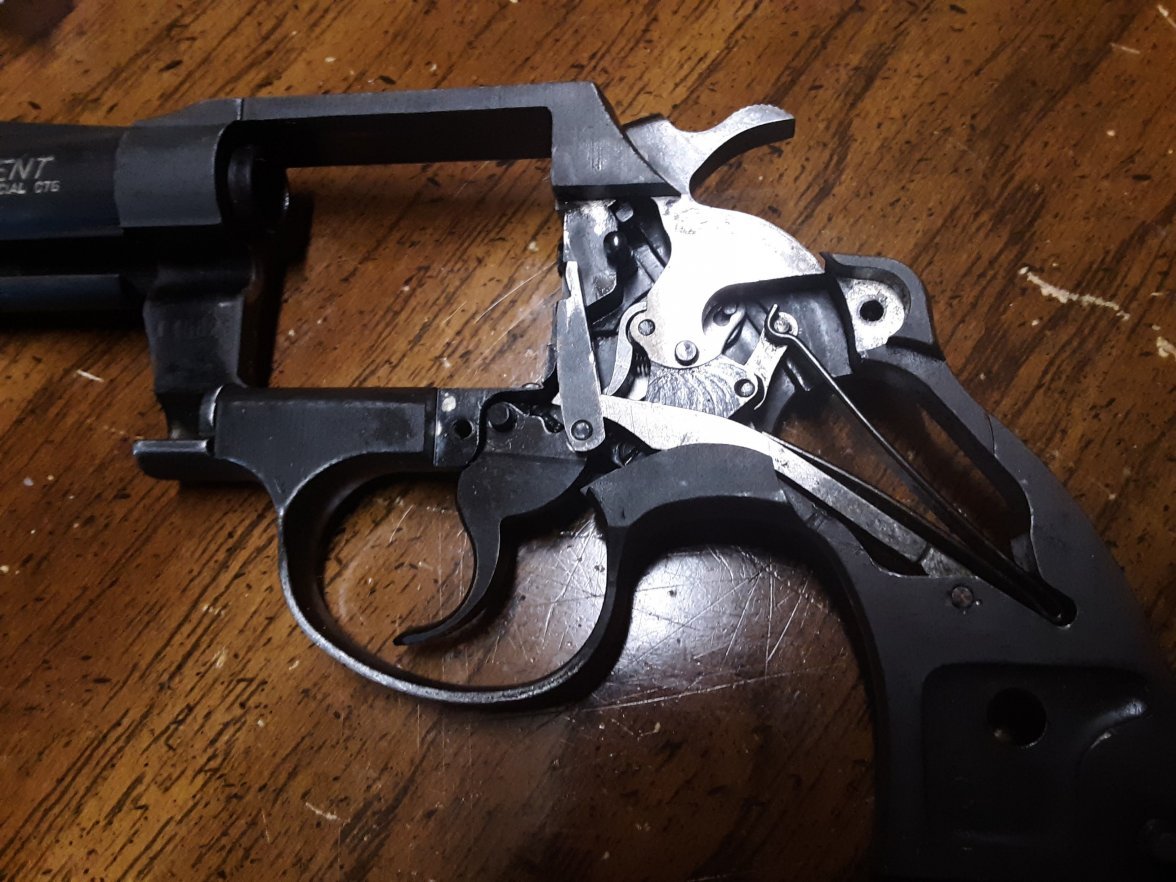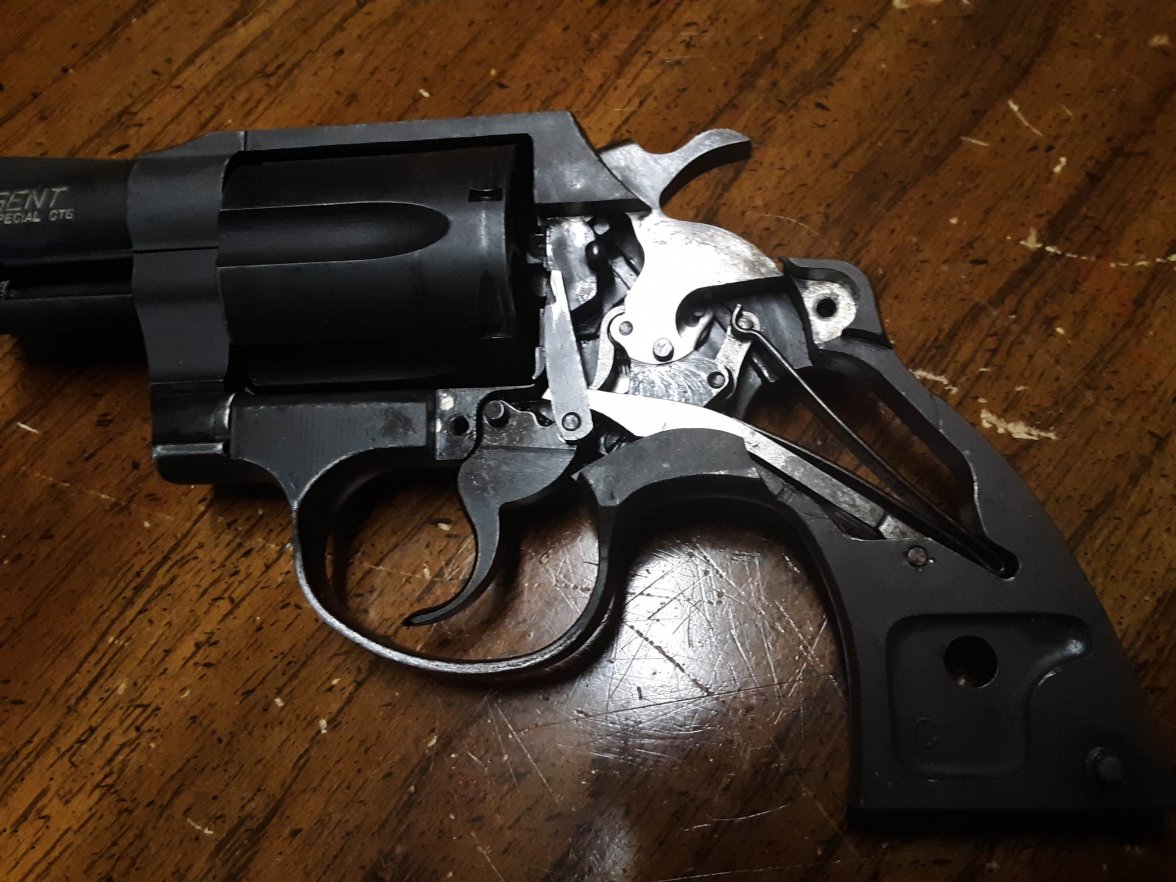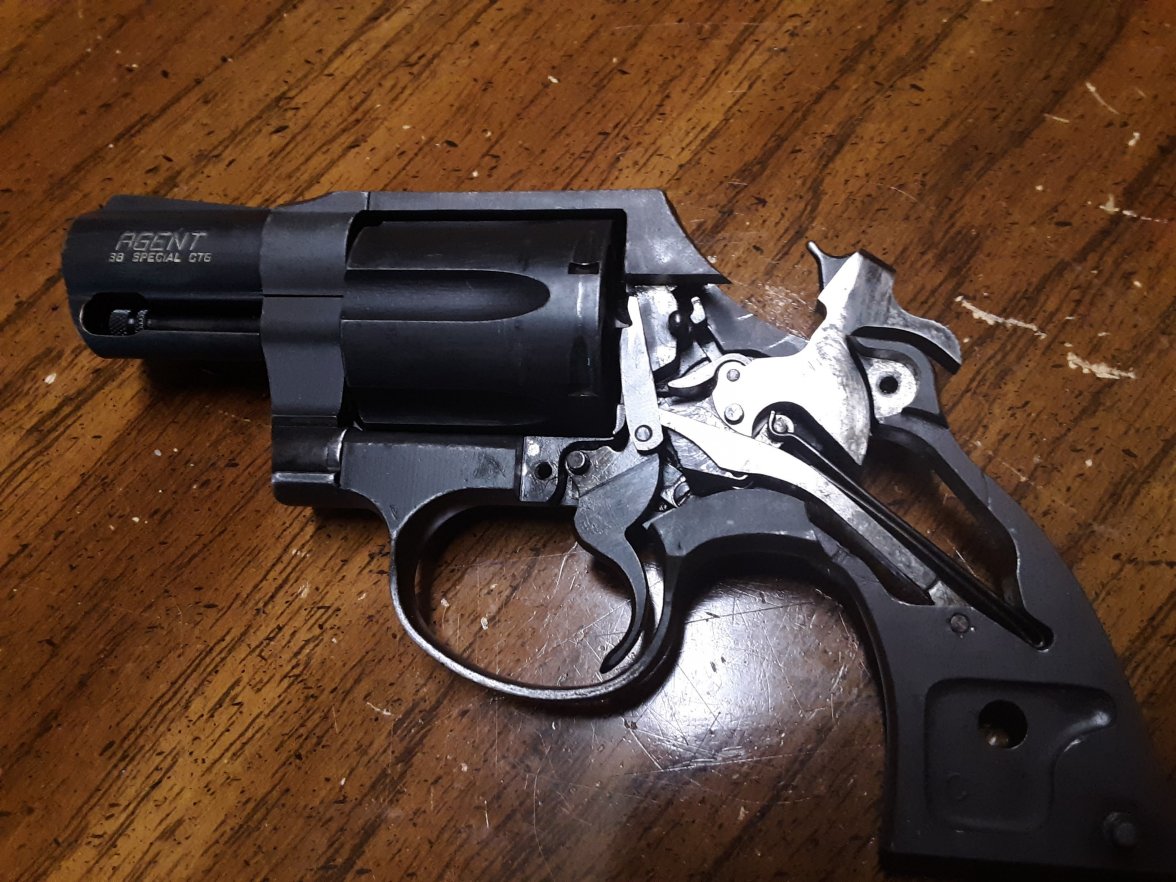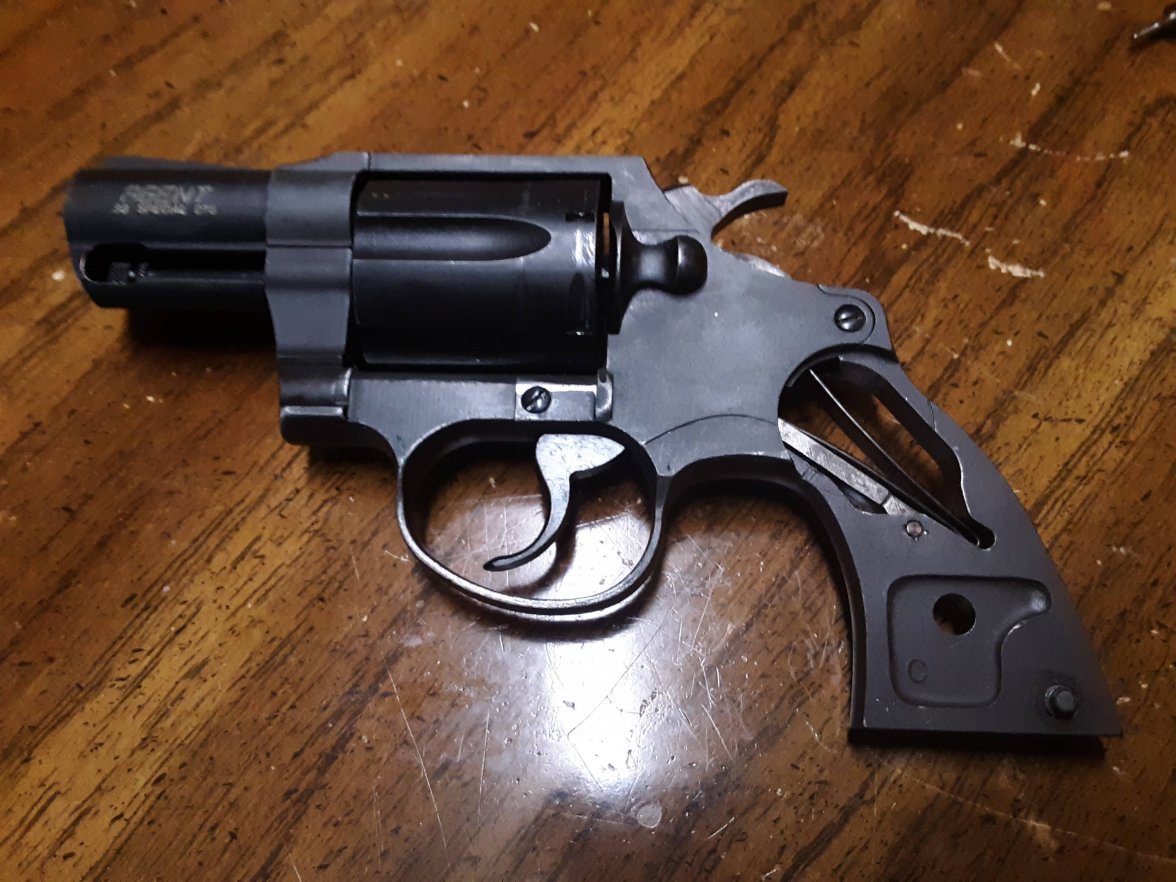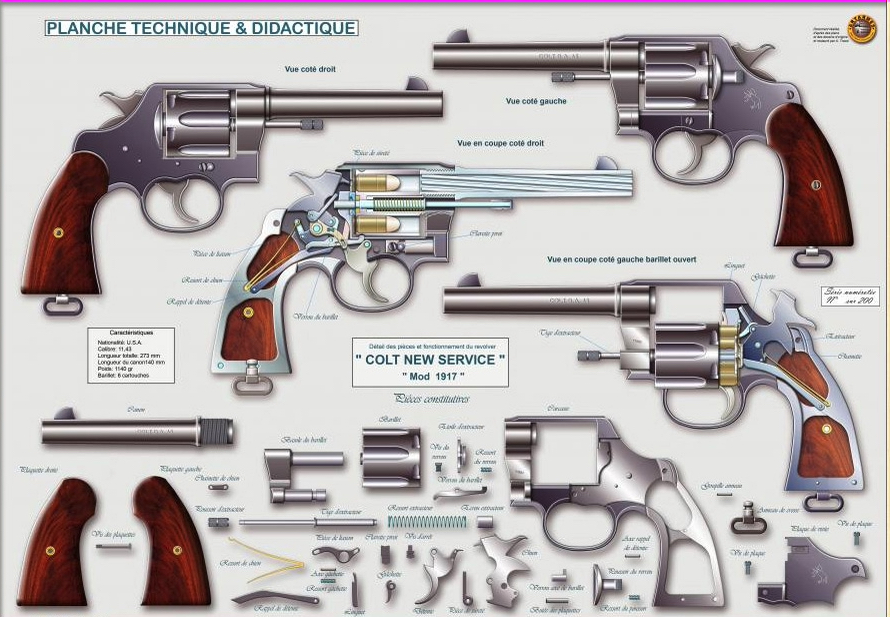Professor
·I'd love to have one of the Armi Jaeger .22 LR replicas of the M16. They were often used as prop rifles for films like Dawn of the dead. Only the pistol type magazine fitted into the dummy magazine gave away the illusion. These came in .22 and .32 ACP. My guess is they used the .32 version as blank firing prop guns, since .22 blanks aren't usually efficient in autoloaders.
A airgun of the exact dimensions of the firearm it replicates can be very useful in training for point shooting, as the Army proved as early as WW2 with its airgun versions of the M1919/ANT MGs.
They used airgun trainers again in the 60's to train in point shooting for Close Combat.
The Crosman 38T and 38C CO2 revolvers were originally marketed for Airforce and Civilian police training. I have several of those in my collection, and learned a lot about handgun shooting from these.
